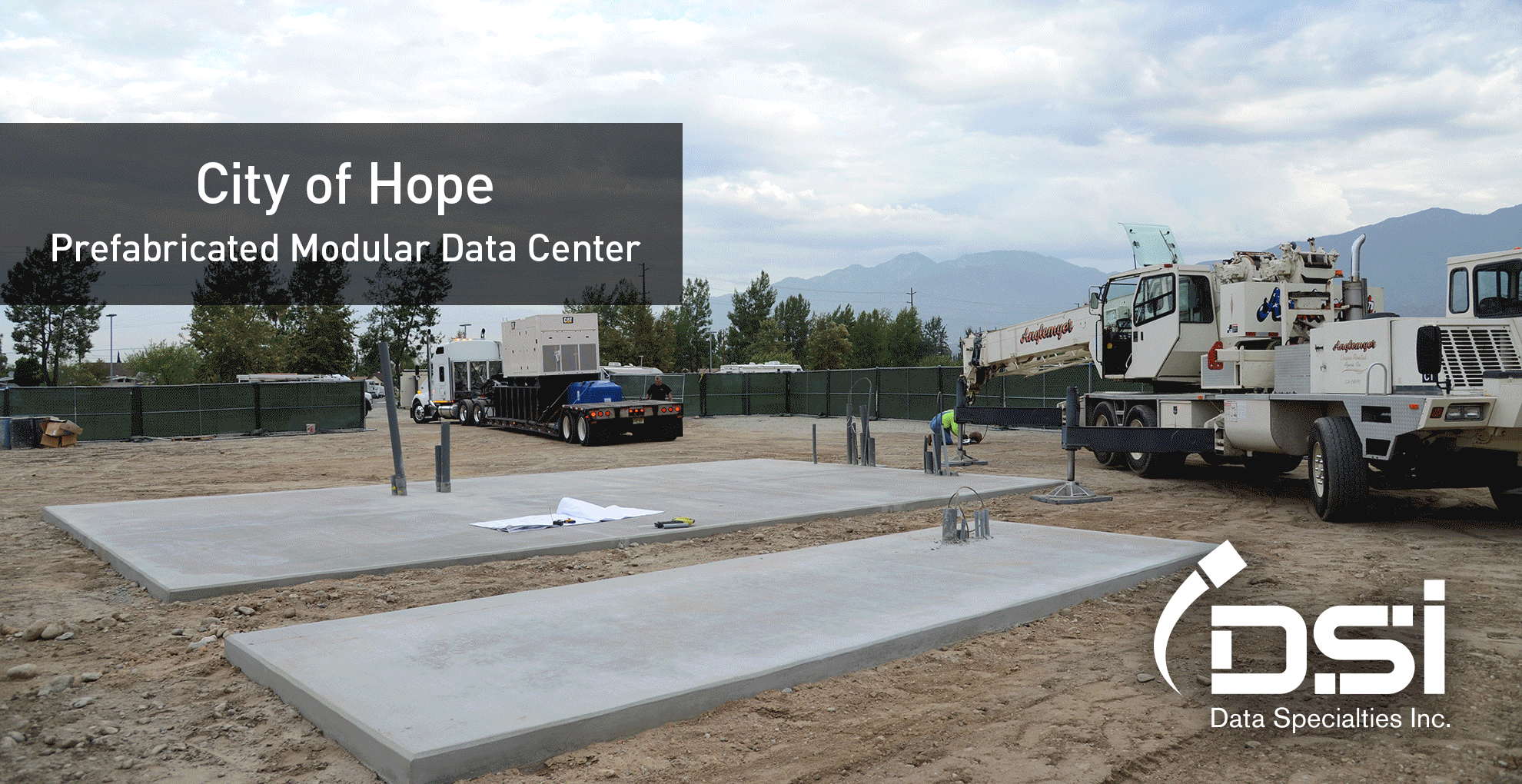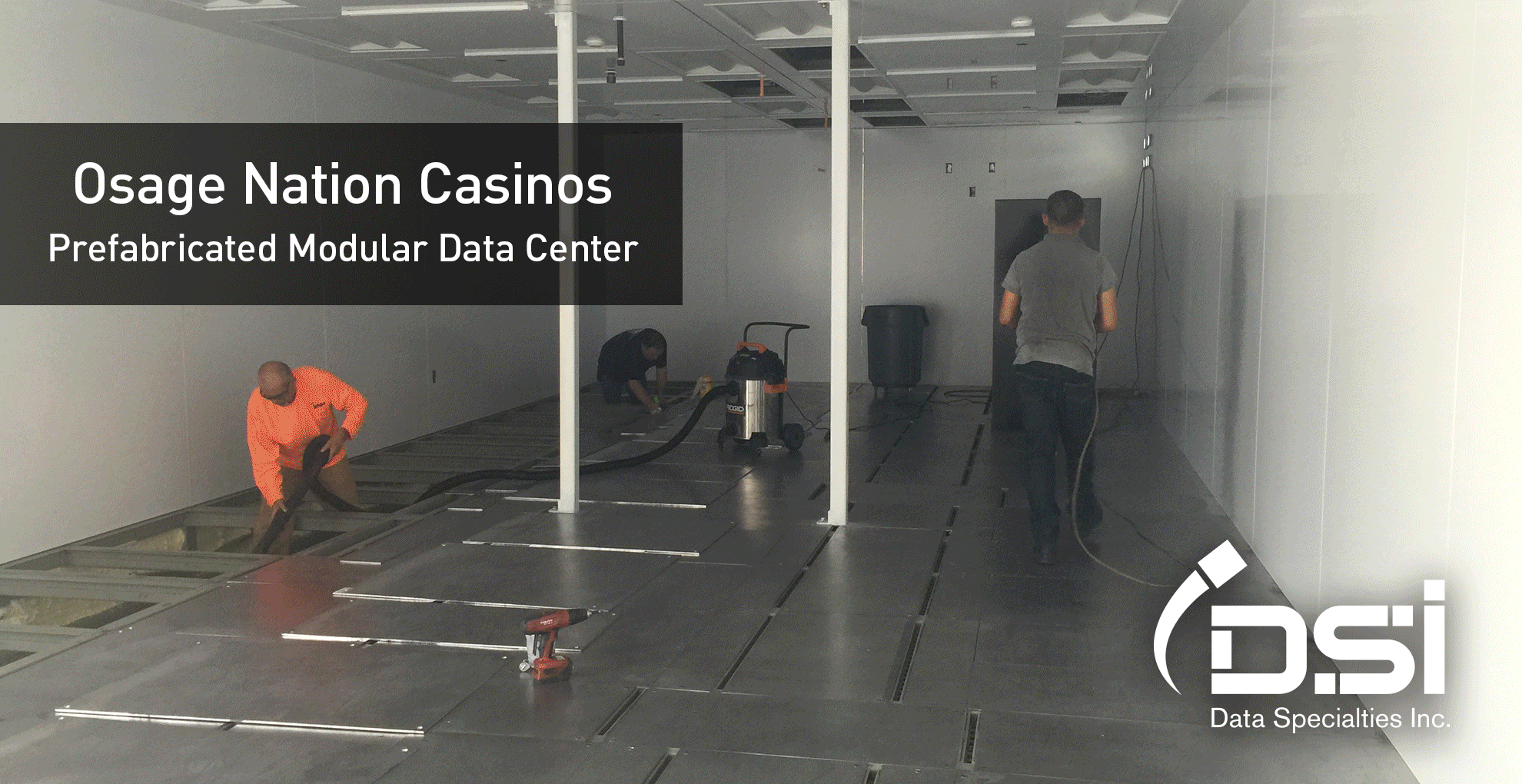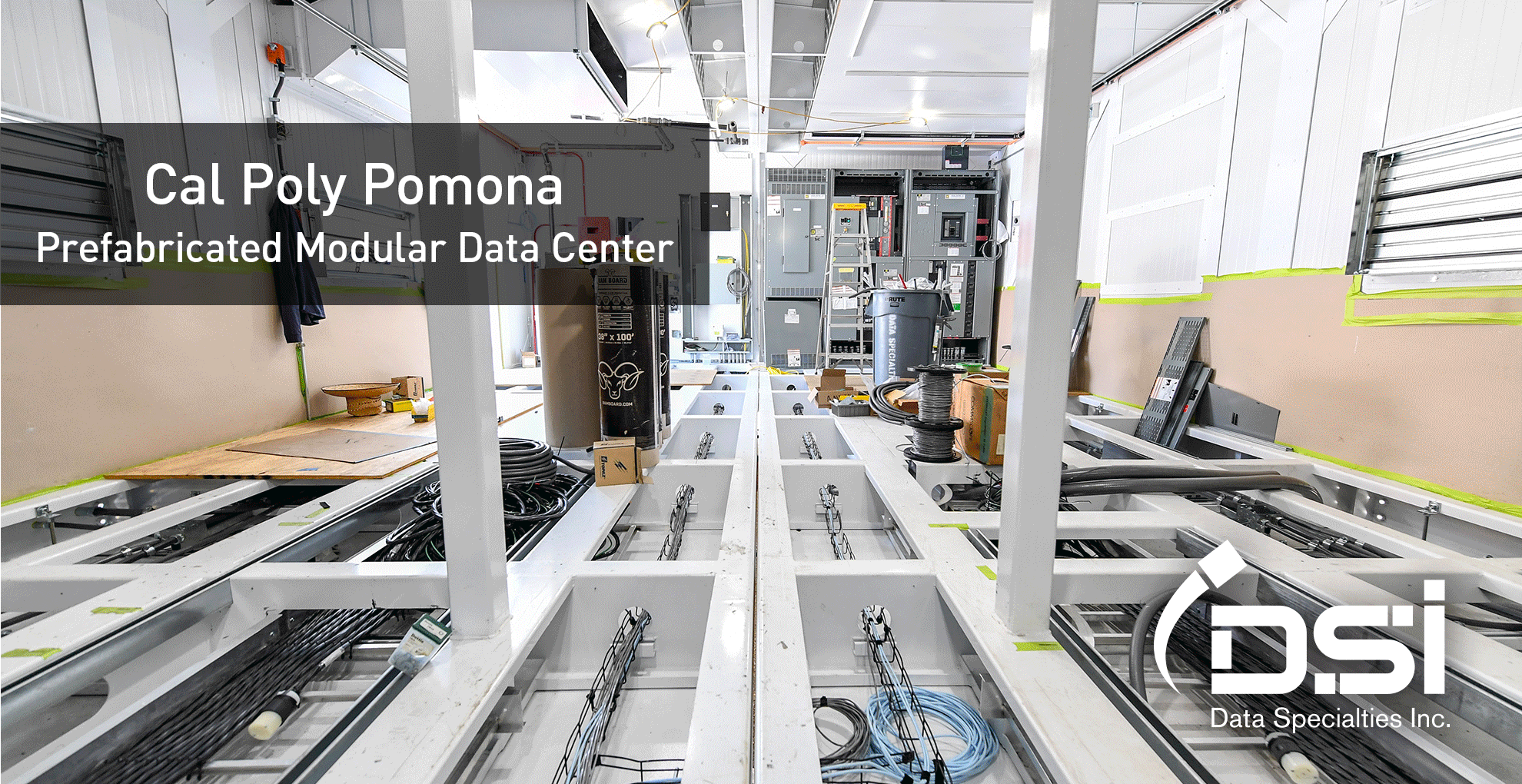EYP Mission Critical Discusses Data Center Trends for 2021
After a difficult year dealing with the pandemic, Data Center owners and operators are on steadier ground and looking ahead to 2021. Steve Shapiro[1], Partner at EYP Mission Critical Facilities, looks at upcoming trends to consider how they will impact your Data Center.
Data Centers must manage an ever-changing mix of technologies and customer needs. Storage, compute and networking power grows more efficient and concentrated, in the form of hybrid infrastructures and high-performance computing, enabling more capacity from smaller physical spaces. There has been a 17% annual increase in load density in the past 10 years, with power consumption for chips doubling since 2000. All of that is happening with a 30% reduction in footprint per year.
As workloads increase and put pressure on Data Centers to deliver more services, the following mechanical, cooling, and power trends give a picture of what owners and operators are dealing with to meet their users’ needs.
Mechanical and Electrical
Electrical engineers must take into consideration concurrent maintainability requirements, which require multiple power feeds. Increased power requirements have expanded the available options, and Data Centers are looking into packaged units and modularization to increase flexibility and energy efficiency.
Energy Efficiency
- Infrastructure utilization
- Green and energy savings – sustainability
- Solar
- Fuel cells
- Micro-turbines
- Wind
- Distributed generation and load curtailment
- Demand peak shaving
- Lighting controls
Cooling
For every 18°F rise in temperature hardware reliability decreased by 50%, proving the point of the critical push to get cooling right. Engineers and IT teams need to adapt designs to include intensive, localized cooling for high-density racks and broader acceptable temperature ranges for racks.
Chip manufacturers are investigating:
- New sink architectures
- Water cooled sinks
- Larger cooling fans (up to 70 cfm per server)
Data Centers are investigating:
- Direct and indirect free air cooling (outside air does not enter the data center), including the Kyoto Wheel
- Chillers/cooling towers, including air cooled chillers
- Adiabatic cooling/swamp cooler (roof, ground, CRAH)
- Water side economizer
- Outside air
- Drycoolers and heat exchangers
- Liquid cooling—to the server, to the chip, and immersion
- Hot aisles/cold aisles
Power and backup
The physical footprint for data centers is changing—racks are getting crowded, and multiple PDUs and copper and fiber connections make wire management a mess. This presents challenges, from scalability to how to effectively allocate and meter power to the racks.
Data centers are also investigating how to best deploy PDUs and UPS to maintain use of standard equipment, manage HVAC requirements, decrease infrastructure footprint, reduce maintenance costs, and increase overall energy efficiency.
As the business grows and customer needs evolve, data centers need the ability to scale cost effectively. Whether building from scratch or renovating existing facilities, it is critical to think about each of these issues when considering network topology and physical layout for the data center.
[1] DATA CENTER TRENDS TODAY & TOMORROW, Steven Shapiro, EYP Mission Critical Facilities.



